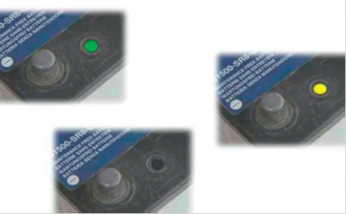←
Automobile Engineering
Low Maintenance And Maintenance-free Batteries
Introduction:
The majority of batteries now available are grouped as ‘maintenance free batteries’. This implies that a little attention is required during the life of the battery.
MAINTENANCE
- Earlier batteries and some heavier type batteries still require the electrolyte level to be checked and topped up periodically.
- Battery posts are still a little prone to corrosion and hence the usual service of cleaning with hot water if appropriate and the application of petroleum jelly or proprietary terminal grease are still recommended.
- Ensuring that the battery case and, in particular, the top remains clean, will help to reduce the rate of self-discharge.
- The state of charge of a battery is very important and, in general, it is not advisable to allow the state of charge falling below 70% for long periods because the sulphate on the plates can harden, making recharging difficult.
- If a battery is to be stored for a long period (more than a few weeks), then it must be recharged every so often to prevent it from becoming sulphated.
- Recommendations vary but are charge every six weeks is a reasonable suggestion.
MAINTENANCE FREE BATTERIES:
- Some maintenance-free batteries incorporate a built-in hydrometer to indicate the state of charge and condition of the battery.
- The hydrometer is color coded.
- A green color indicates that the battery is charged and serviceable.
- A green–black or black color indicates that the battery requires recharging.
- A yellow color indicates that the battery is faulty.
- Where a yellow hydrometer indicates that the battery should not be recharged or tested, and the use of jumpleads for starting should not be carried out.
- A new battery should be fitted and the alternator checked for correct operation.
- Battery charging can be described as slow or fast.
- Slow charging is best but in an emergency a fast charge is acceptable.
- When recharging, a battery should ideally be disconnected from the vehicle electrical systems.
- There are two types of battery charger: the bench charger, which has a current output of up to about 10 A and the fast charger, which can recharge a battery in about 30 minutes, with a current of up to 50 A.
